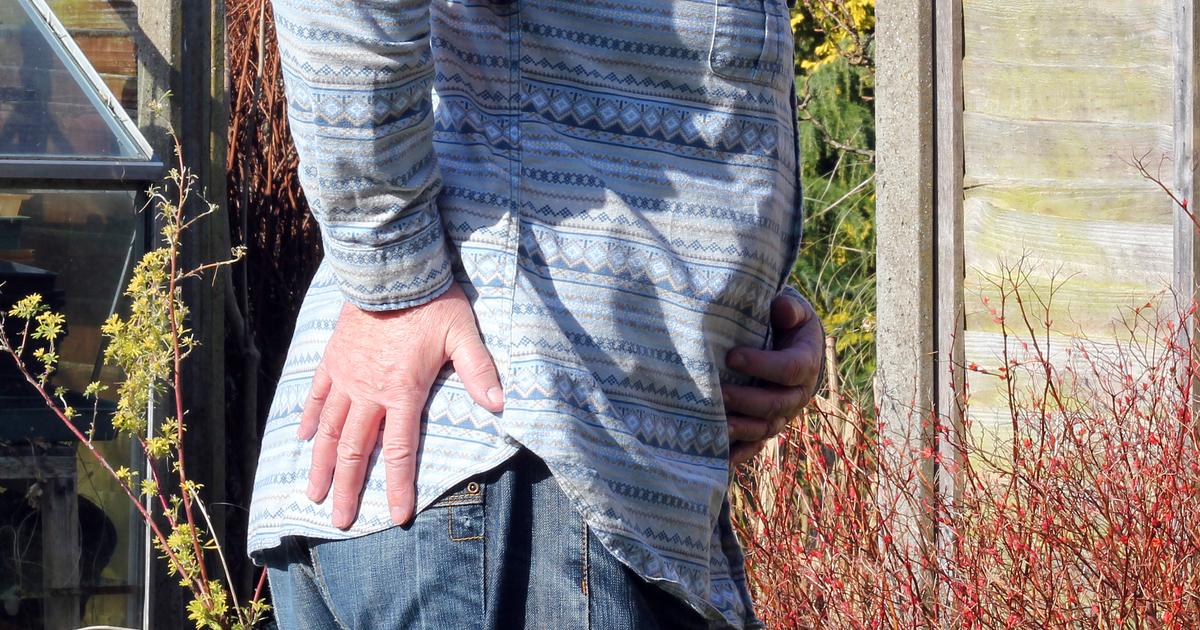11 Tell-Tale Signs You Might Be Battling Bursitis
Bursitis might sound like a complicated condition, something you'd only hear about in medical textbooks, but understanding it can put you back in control of your joint health and your daily life. Those small, fluid-filled sacs called bursae are absolutely essential for cushioning your muscles, tendons, and bones, acting as nature's built-in shock absorbers that allow for smooth, pain-free movement. Think of them as tiny pillows protecting your joints. But when these bursae become inflamed, whether from overuse, injury, or other underlying factors, you're dealing with bursitis – and that can mean sharp pain, stiffness, and a frustrating limitation of your mobility. We've expanded our coverage to give you the complete picture, providing you with 11 crucial insights into this often-misunderstood and painful problem. We'll delve into the mechanics of what exactly bursitis is and how it develops. By the end of this article, you'll have a much clearer understanding of bursitis, empowering you to take proactive steps towards prevention and effective management.
1. Swollen Or Red Joints

Bursitis comes with common symptoms associated with inflammation. When the bursae around a joint or multiple joints become inflamed, affected individuals may see their joints become swollen or red. If the affected joint is compared to one on the opposite side of the body, it will be larger and more filled with fluid. The redness may be accompanied by tenderness or may be warm to the touch. Other external symptoms that may occur include a rash or bruising around the affected area. These physical symptoms might be centralized to the joint or may be spread further around the area surrounding said joint. Anti-inflammatory drugs can sometimes help reduce swelling and tenderness.
2. Pain Upon Applying Pressure Or Movement

The inflammation associated with bursitis can lead to pain upon applying pressure or movement. If individuals press down on the swollen or achy area, they might experience sharper or shooting pain through their body. Excess pressure may make the inflammation worse. It's also common to experience pain when they move the affected joint. With shoulder bursitis, moving the shoulders can cause pain, especially if patients reach overhead or behind themselves. Hip bursitis may lead to pain when patients walk, run, exercise, or otherwise move their hips. Pain tends to worsen after patients exert themselves or engage in tough physical labor. With elbow bursitis, it may be difficult to bend or straighten the arm fully.
